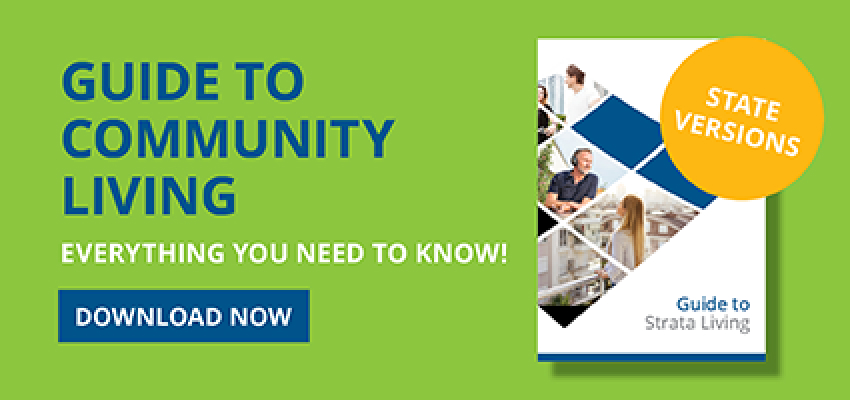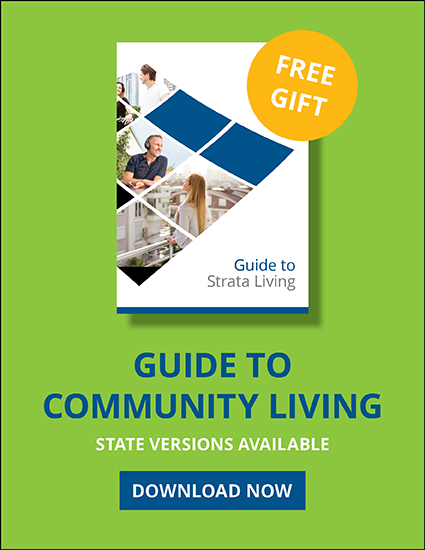Apartment-owning baby-boomers will be among those with the most to gain from a raft of changes being introduced to the reverse mortgage market.
Taken as a lump sum, a regular income stream, a line of credit or a combination of these options, a reverse mortgage is a type of loan that allows you to borrow money using the equity in your home as security.
Many older people are not able to borrow money through a conventional home loan because typically they do not have sufficient income to service the loan. Typically interest rates for commercial reverse mortgage products currently range from around 6.25% to 6.5% per annum.
This means seniors in particular are drawn to this type of mortgage, as the interest and all fees do not need to be repaid until the property is sold.
This loan type may appeal to older strata investors who may need to access funds to move to a larger space because of injury or ill health, as well as those who may be caring for extended family members and may need to find a larger space in which to live.
In 2006 there were more than 20 banks, credit unions and non-bank lenders offering these types of loans. However, after the impact of the GFC wholesale funding crisis, funding avenues for this type of loan all but disappeared with Westpac Group, Macquarie Bank and Commonwealth Bank of Australia among the major lenders that pulled out.
By 2010 just four banks remained as viable Reverse Mortgage options to Australian seniors.
But legislative changes mean the reverse mortgage market is once again riding a wave of popularity with new private sector players offering these types of loans.
In 2012, the Government introduced statutory ‘negative equity protection’ on all new reverse mortgage contracts. This means borrowers cannot end up owing the lender more than their home is worth (the market value or equity).
Further tightening of regulatory rules mean some in the sector, with former superannuation minister Nick Sherry among them, claim it is now the most regulated financial product.
Some financial experts have predicted that demand for this type of loan will continue to increase because, according to ASIC, eight in 10 ageing baby boomers prefer to “age in place” – within their own home – for as long as they are able.
This argument is supported by market research group IBISWorld which claims that annualised growth in this sector will equate to around 0.9 per cent over the next five years to about $266 million.
The announcement is in keeping with comments by Reverse Mortgage Finance director Paul Dwyer who told the Financial Review that we could expect to see some local lenders making a comeback with new products as well as more overseas lenders launching reverse mortgage loans in Australia.
As evidence of this, just last month (SUBS: October) Perth group Smooth Retirement announced it was entering the reverse mortgage market, attempting to position itself as the country’s first independent equity release specialist combining equity release advice and broking in an all in one service.
However, the increasing interest in reverse mortgage loans also coincides with changes being rolled out to the government-backed Pension Loans Scheme (PLS).
Created to give older Australians the option of unlocking equity in their homes to boost their cash income, pensioners can select the amount of loan they get fortnightly and the amount can be up to 150 per cent of the maximum fortnightly pension rate.
Perceived as being more flexible and cheaper than commercial options, in last year’s federal budget, the government announced it would broaden access to the PLS to include self-funded retirees as well as age pension recipients.
But that’s not where the changes end.
Within the past four weeks the government has also announced a review of the 5.25% interest rate charged on its PLS following criticism by seniors’ groups who have argued that it is too high when compared to the official cash rate.
The scheme has been running since 1985, with the 5.25 per cent rate remaining unchanged since 1997.
The information contained within this article is of a general nature only. Individuals should not act upon any such information without prior consultation with a qualified financial adviser to ensure any action meets their personal financial needs, situation and objectives.
To discuss your property’s strata management needs or receive a FREE management proposal contact our friendly team. We also offer more helpful resources and community living news in our FREE newsletter.








